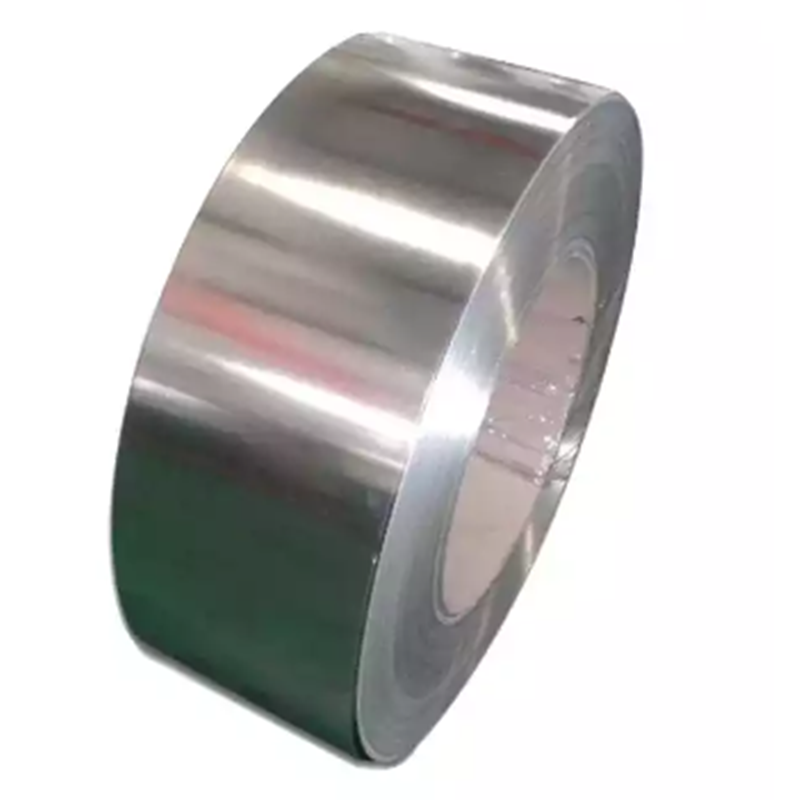
Déc . 12, 2024 18:51 Back to list
hot dipped galvanized angle iron manufacturer
The Role of Hot Dipped Galvanized Angle Iron in Modern Construction
In the world of construction and manufacturing, the choice of materials is critical to ensuring the durability, strength, and overall performance of structures. One such material that has gained prominence in recent years is hot dipped galvanized angle iron. This article delves into the significance, manufacturing process, and diverse applications of hot dipped galvanized angle iron, particularly highlighting its advantages in today's construction industry.
Understanding Hot Dipped Galvanized Angle Iron
Angle iron, commonly referred to as angle steel, is a versatile structural steel product characterized by a cross-section that is L-shaped. It is available in various sizes and thicknesses, making it suitable for a wide range of applications. Hot dipped galvanization is a process that involves coating the steel with a layer of zinc to enhance its corrosion resistance. This is achieved by immersing the steel in a molten zinc bath, which forms a robust barrier against environmental factors such as moisture and oxygen, ultimately prolonging the lifespan of the material.
Manufacturing Process
The manufacturing of hot dipped galvanized angle iron begins with the production of angle iron itself. Initially, steel is heated and rolled to create the desired L-shape. Once the angle iron is formed, it undergoes a thorough cleaning process to remove any contaminants, such as oil, dirt, and rust. This cleaning is crucial for ensuring a strong bond between the zinc coating and the steel substrate.
After cleaning, the angle iron is dipped into a molten zinc bath at temperatures around 450 degrees Celsius. During this process, the zinc reacts with the iron in the steel, forming a series of zinc-iron alloy layers, followed by a pure zinc layer. This multilayer coating is what gives hot dipped galvanized angle iron its exceptional corrosion resistance.
Advantages of Hot Dipped Galvanized Angle Iron
1. Corrosion Resistance The primary benefit of hot dipped galvanization is its ability to protect steel from rust and corrosion. The zinc coating acts as a sacrificial barrier, preventing moisture and air from reaching the underlying steel, thus significantly increasing its durability.
hot dipped galvanized angle iron manufacturer

2. Longevity Structures built with hot dipped galvanized angle iron can last for decades without significant maintenance. This longevity translates to lower lifecycle costs, making it an economically viable choice for construction projects.
3. Lower Maintenance Costs Due to its corrosion-resistant properties, hot dipped galvanized angle iron requires minimal maintenance compared to non-coated steel products. This is particularly advantageous for projects in harsh environments, such as coastal regions or industrial settings.
4. Versatility Hot dipped galvanized angle iron can be used in various applications, from structural supports and framing to brackets and other fastening components. Its versatility makes it a preferred choice for builders and manufacturers across multiple industries.
5. Environmental Friendliness The zinc coating process is environmentally friendly. Zinc is a natural element that is abundant in the earth’s crust, and the galvanization process itself can be completed in an energy-efficient manner. Additionally, hot dipped galvanized products are fully recyclable.
Applications in Construction
Hot dipped galvanized angle iron is widely used in numerous construction applications. It is commonly found in the construction of buildings, bridges, and industrial facilities, where it provides structural support. Additionally, this material is often used in the fabrication of shelving, racks, and various types of industrial equipment.
Moreover, its corrosion resistance makes it ideal for outdoor applications, such as guardrails, fencings, and pole supports, where exposure to the elements is inevitable. Its strength and durability also make it suitable for use in agricultural structures, such as barns and stables, where it can withstand harsh conditions.
Conclusion
Hot dipped galvanized angle iron represents a crucial advancement in construction materials, offering exceptional strength and durability through its protective zinc coating. As the demand for high-performance materials continues to rise, manufacturers and builders alike increasingly turn to hot dipped galvanized angle iron for its myriad benefits. From reducing maintenance costs to extending the lifespan of structures, this material plays a pivotal role in shaping modern construction practices, ensuring that buildings and infrastructure stand the test of time.
-
Premium 26 Gauge Galvanized Steel Coil Maker | Quality
NewsJul.31,2025
-
Electric Vehicles for Sale: New Cars, Used Cars & NIO ES8 Offers
NewsJul.30,2025
-
BYD New Energy Vehicles: Innovative New Cars for a Greener Future
NewsJul.29,2025
-
New Energy Vehicle with High Cost Performance & Endurance
NewsJul.29,2025
-
Buy New Car Online – Great Deals & Trusted Used Car Options
NewsJul.29,2025
-
China 14 ft Metal Roofing Price Factory | Durable & Affordable
NewsJul.28,2025